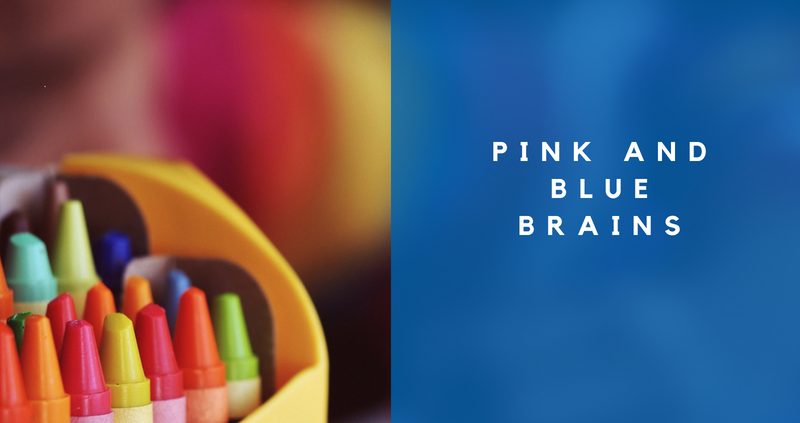Pink and Blue Brains
Gavin Keller
Principal Sun Valley Primary School
Education Consultant.
Boys and Girls are totally equal, just not the same. In our society, rightly committed to equality, we sometimes confuse equality with sameness. Parents and teachers have to understand that boys and girls are developmentally, psychologically and biologically different. If our goal is to raise and educate successful adults, we have to know how to bring the best out of both of them.
There are many boys and girls who would cope in a Pink or a Blue learning environment. But the majority don’t. This does not imply that single-sex schooling is the answer, because it isn’t. What matters is a knowledge of how the brain embeds memory. Parent and teacher education is at the heart of this success story.
So what do we need to know?
The brain loves DRUGS. Yes, we have a natural pharmacy in our brains. Girls need the calming drug called serotonin. Every time we make our daughters feel unique we produce the good drug. When we compliment them on their dress or hair their brains produce serotonin. Talking, sharing their emotions, doing something with a group of friends, sitting around a table chatting produces serotonin. It is powerful drug that makes a young girl feel that she can face the challenges of life and memory is embedded.
Schools often create PINK learning spaces. PINK teachers get the children into a calm circle to discuss an issue, then send them off into neatly organised smaller groups to produce a product. Many boys find this unrewarding and take every opportunity to misbehave by either throwing an eraser at a friend or distracting a mate. Their product is often displayed alongside the PINK serotonin model highlighting the difference. PINK products are compared with BLUE products and PINK teachers awards recognition for the neat, colourful and impressive detail.
BLUE brains need dopamine. This is the REWARD drug – the “pumping air with fist” drug. “Oh yeah!” Every time a boys exercises, plays sport, skates, cycles, surfs, kicks a ball around the garden his body produces dopamine. It makes him feel as though he is …”The Man!” Competition produces dopamine as does setting a challenge for a boy. One of the biggest sources of dopamine production in the BLUE brain is recognition – specifically recognition from another man. Researchers call this a “charismatic adult – someone who knows my names and smiles in recognition of my value”. Instead boys are often highlighted for failure, for making mistakes or for doing it wrong. Even Dad’s are often annoyed by their sons, sending implied messages that they are not good enough, smart enough or talented enough. When this happens dopamine floods away from the male brain.
When the brain produces cortisol, the stress drug, it shuts down all high order processing and forces the survival brain to react. This reaction is often demonstrated by negative outbursts or a withdrawal into childhood sadness.
Let’s give our PINK and BLUE brains an EQUAL chance. Find activities that feed their brains with both the reward drug and the calming drug. Then the neurotransmitters will transport the information to their Chief Executive Officer and embed memory for long-term mastery. The result, successful adults who value themselves and produce high expectations.

About the blogger, Gavin Keller:
Principal – Sun Valley Primary
CEO: Sun Valley Group of Schools
Education Consultant – EduExcel
Our first Staffroom client, Gavin is a passionate educator and school leader who has used his research in neuro learning and leading to change a school and the community. He shares the practical application of his studies with schools, corporates and leaders in order to improve performance and the quality of life. His guidance is simple, humorous, but dynamic, a treat for all!
*** The views reflected in content or links on the Staffroom blog are not necessarily those of Eiffel Corp nor it’s affiliated products. Eiffel Corp expressly disclaims all warranties, expressed or implied, as to the accuracy of any the content provided, or as to the authenticity of the information for any purpose.




Leave a Reply
Want to join the discussion?Feel free to contribute!